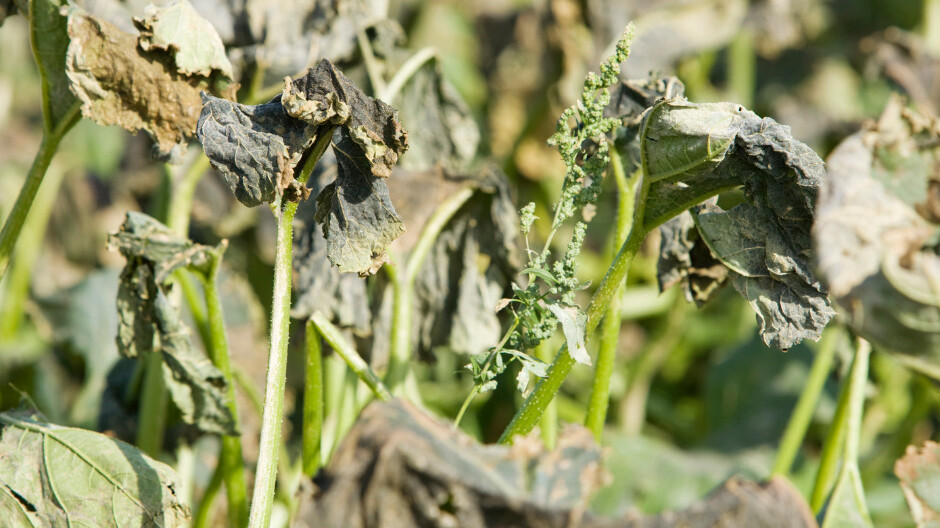Water is one of the most valuable commodities. During drought, water supply is at high risk especially in areas that rely heavily on grazing and agriculture and use water for gardens. Yet, despite weather-related risks, water continues to receive little serious regard, except when water restrictions are implemented.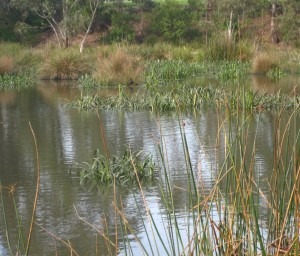
Data from the Australian Bureau of Statistics provides some interesting insights. In 2007-2008, 89% of Australians thought that water shortages were a concern but their most recent figure in 2011-2012 showed a decline to 64% 1.
Mains water continues to be the most common source of water in Australian households with 93% using it as their primary source in March 2013. This shrinking concern about water, combined with a growing population and weather irregularity that results in decreased rainfall, will continue to be reasons for water shortages in many years to come, unless everyone starts taking steps to adapt to the impacts of climate change.
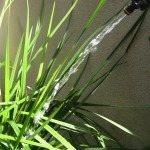 In 2013, 51% of the 7.3 million Australian households that had a garden used mains water as their primary source for gardening. But the proportion of households that have been taking steps to reduce water use in the garden has decreased from 71% in 2007, to 62% in 2010 and 54% in 20132.
In 2013, 51% of the 7.3 million Australian households that had a garden used mains water as their primary source for gardening. But the proportion of households that have been taking steps to reduce water use in the garden has decreased from 71% in 2007, to 62% in 2010 and 54% in 20132.
Enter the rainwater tank
Despite the fact that rainwater is not generally suitable for drinking and cooking (unless filtered and treated properly), it provides a valuable resource to households and helps sustain biodiversity in the garden. The use of rainwater tanks in Australian households living in a dwelling suitable for a tank has increased from 26% in 2007, 32% in 2010 to 34% in 2013 2 This trend may be result of government rebate schemes, water restrictions, regulations and pricing.
Many companies have started building businesses around the use of water tanks and a partnership between government and these companies was successfully established to expand rebate programs under the National Rainwater and Grey Water Initiative. This subsidizes allocation of water tanks in certain areas where water supply augmentation is indispensable.
Benefits of rainwater in gardens
Not only can rainwater use in gardens reduce demand on mains systems, it has some a range of benefits, some of which are little-known.
Nitrogen
It might be a surprise to many of use, but rain water contains some nitrogen. Two types of nitrogen are formed during rain, ammonia – an atmospheric gas that dissolves in rainwater – and nitrate which is produced by the reaction of water and atmospheric nitrogen by lightning during storms3. It can also be collected from particles in the air caused by various industrial processes. Rainwater may contain more nitrogen than mains water due to its absorption by soil as water percolates through catchment areas into dams4.
No chlorine
Chlorine does not exist in nature in elemental form but is combined with other chemicals and is extracted through the process of electrolysis. Rainwater does NOT contain chlorine. While it is helpful in treating water used for drinking, it can kill microorganisms beneficial to plants.
Since chlorine can dissolve in water and is present in bleach, grey water from washing machines which may contain chlorine bleach should not be used for irrigation. Excessive chlorine can disrupt the ability of plants to extract nutrients and, therefore, growth. When it accumulates in leaf tissue it causes a scorched or burnt appearance, smaller leaf size and early dropping5.
No Salt
Water from bores and wells, and in some areas, reticulated water supplies can contain salt. Rainwater does NOT contain salt. Evidence of a high salt content can easily be identified if plants are growing in pots by checking for any crusts of white and tan pigments. In many cases, salt-stressed plants may lose their colour and appear wilted. Salt effects on vegetation vary depending on the species:
Highly salt sensitive plants 6
Fruit: persimmon, passionfruit, strawberry, raspberry, avocado, loquat, almond, stone fruit, citrus fruit, apples, pears.
Vegetables: green beans, parsnips, celery, radish, squash, peas, onion, carrot.
Ornamentals: primula, gardenia, star jasmine, begonia, rose, azalea, camellia, ivy, magnolia, fuschia.
Slightly less sensitive plants
Fruit: mulberry, grape.
Vegetables: cucumber, capsicum, lettuce, sweet corn, rockmelon, potatoes, cauliflower, cabbage, watermelon, broccoli, pumpkin, tomato.
Ornamentals: hibiscus, geranium, gladiolus, bauhinia, zinnia, aster, poinsetta, lantana, Thuja orientalis, hop bush (Dodenea attenuata), banana (Musa spp), emu bush (Podocarpus), Juniperus chinensis, bottle brush (Callistemon 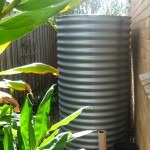 viminalis).
viminalis).
Moderately salt tolerant plants
Fruit: olive, fig, pomegranate.
Vegetables: spinach, asparagus, kale, garden beets.
(Other plant variations can be found in Department of Agriculture and Food, WA website6).
Tank storage mitigates flooding and erosion
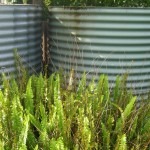 In many cities, increased areas of hard surfaces reduce soil capacity to take up water. This results in excessive runoff during heavy rainfall events which overloads stormwater systems causing both flooding and erosion. Storing some of this water in tanks can ameliorate some of these effects.
In many cities, increased areas of hard surfaces reduce soil capacity to take up water. This results in excessive runoff during heavy rainfall events which overloads stormwater systems causing both flooding and erosion. Storing some of this water in tanks can ameliorate some of these effects.
Cost benefits
 Once water tanks, large or small, are installed your water costs will be reduced. Who could resist that?
Once water tanks, large or small, are installed your water costs will be reduced. Who could resist that?
For more details about rainwater tanks and rainwater harvesting systems, see http://www.rainwatertanksdirect.com.au
References
1. Environmental views and behaviour, 2011-12
2. Environmental Issues: Water use and Conservation, Mar 2013
3. Highlights of Agricultural Research http://www.aaes.auburn.edu/comm/pubs/highlightsonline/spring99/nitrogen.html
4. http://www.newton.dep.anl.gov/askasci/env99/env99429.htm
5. University of Maryland, HGIC Lanscape Problem solver. http://plantdiagnostics.umd.edu/level3.cfm?causeID=1171
6. Department of Agriculture WA https://www.agric.wa.gov.au/water-quality-home-gardens?page=0%2C3
The author Sam Carslaw lives and works in Sydney and writes purely for fun. Passionate about serious subjects including sustainability and environmentalism, this hobbyist hopes only to add interest and personal insight to the wealth of the world wide web.
Photographs: SGA and Sam Carslaw
Related Articles:
Thriving in the Heat: Managing Plant Heat Stress
As the mercury rises, your garden confronts the challenge of heat stress. Understanding how various plants respond to heat and employing appropriate…
Water Smart Gardening 101 Video
Sustainable Gardening 101 Video Series PART 4: Water Smart Gardening As the climate changes we need to take extra care to design water smart gardens.…

